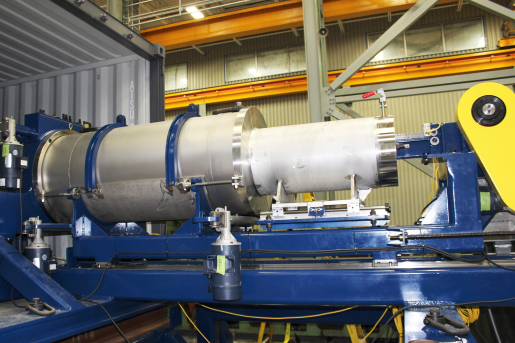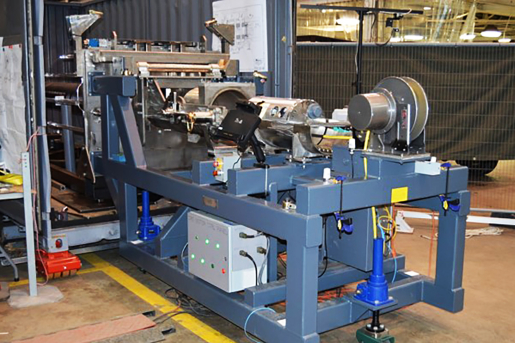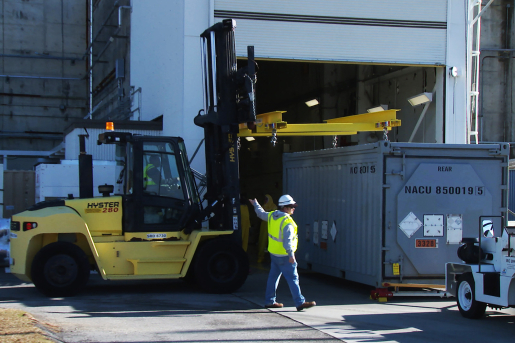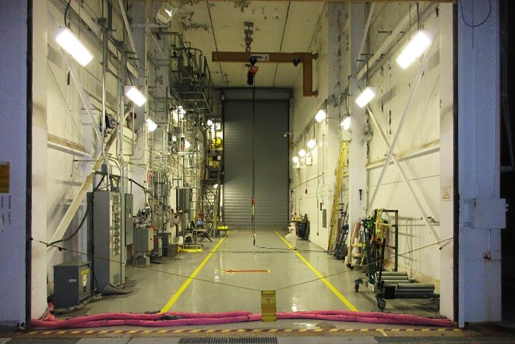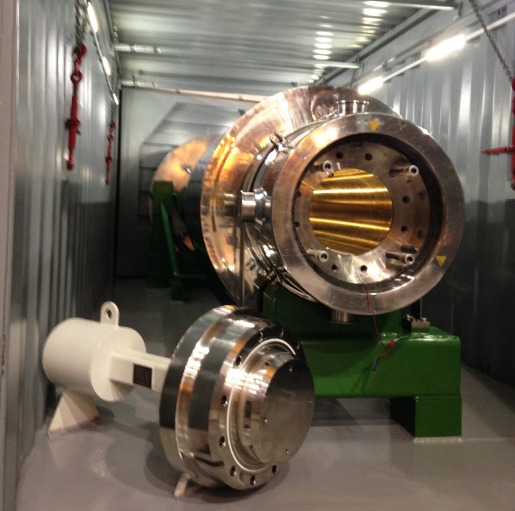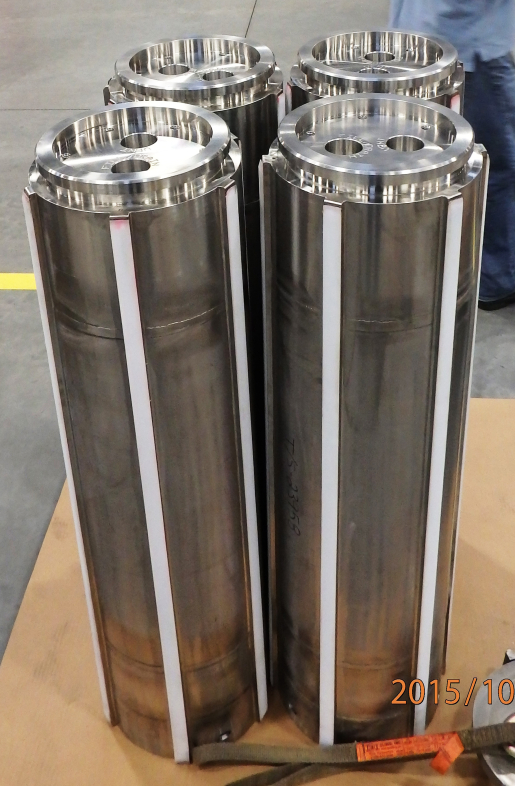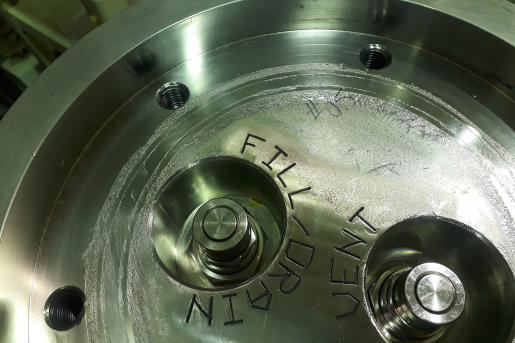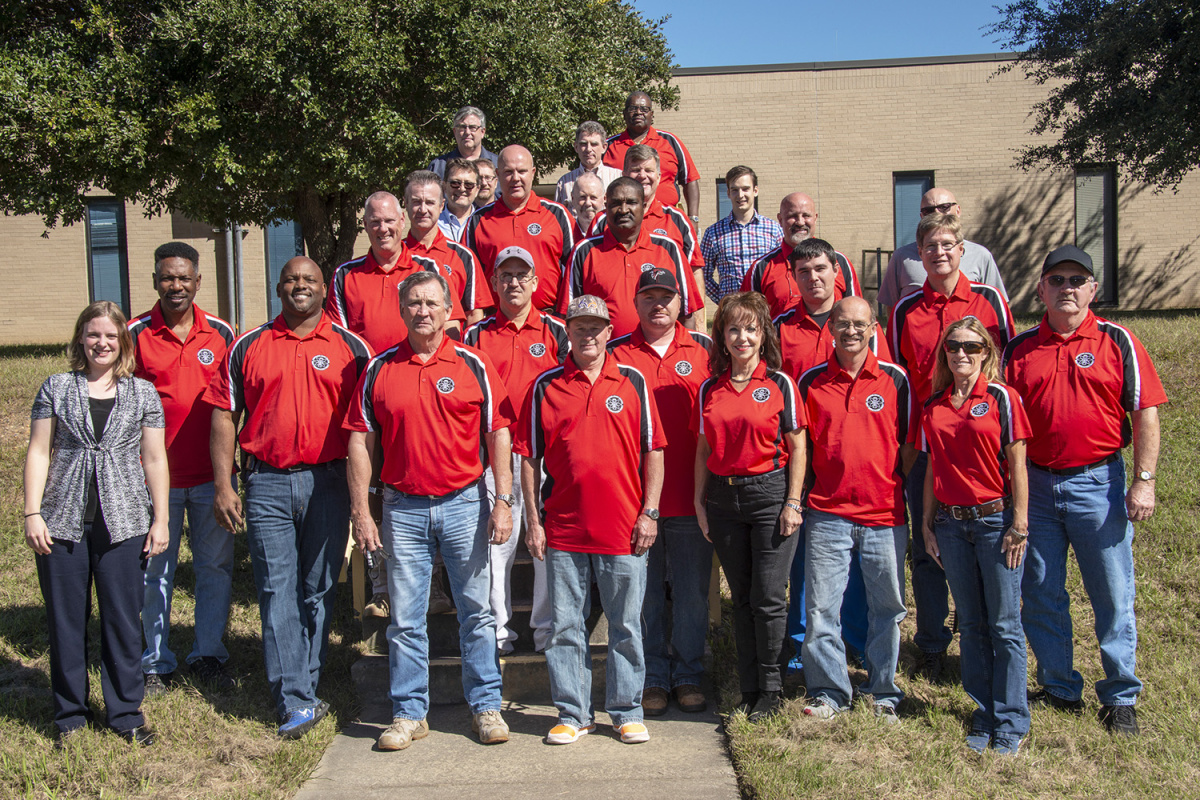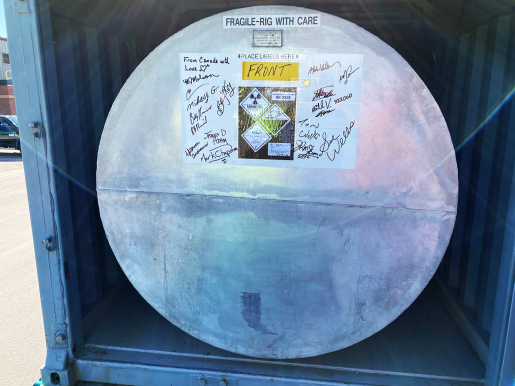A detailed look at the campaign to transport uranium-rich target residual material from Canada to the Savannah River Site.
National Nuclear Security Administration
January 12, 2021Over the past four years, the This was an empty link: Department of Energy’s National Nuclear Security Administration (DOE/NNSA) has worked closely with the Atomic Energy of Canada, Ltd. (AECL), a federal Crown corporation, to complete the transport of highly enriched uranium (HEU) liquid from Chalk River Laboratories in Ontario, Canada, to the Savannah River Site (SRS) in Aiken, South Carolina.
The process of arranging the cross-border shipping was long and involved—just driving maple syrup across the border is challenging in the best of times—and the campaign involved trucking approximately 60 gallons of liquid hazardous material at a time in 115 separate shipments. In total, the trucks drove more than 150,000 miles without incident over the course of the effort. (Nearly 250,000 kilometers to our Canadian friends—or almost six times around the world!)
But how—and why—did they do it?
Isotope production
First, let’s back up. What was American HEU doing in Canada in the first place? The answer: Making molybdenum-99 (Mo-99), which is an isotope used in more than 40,000 medical procedures in the United States each day. However, until very recently, no Mo-99 was produced domestically in the United States. (You can read more about NNSA’s Mo-99 mission here.)
To meet the need to supply the isotope for the United States and Canada, Canada’s National Research Universal research reactor, located at Chalk River Laboratories, irradiated U.S.-origin HEU targets, which are materials containing uranium-235 that are placed inside a reactor and bombarded by neutrons, transforming partly into Mo-99. AECL used acid to dissolve the targets and separate out the Mo-99. From 1986 until 2003, approximately 6,000 gallons of target residual material (TRM) was generated and stored in a large underground tank (that’s about twice the volume a cement mixer truck holds).
Although TRM is a byproduct of this process, it is not technically classified as waste. That’s because it contains a significant amount of HEU that could be recycled and potentially reused.
Loading and transport
Based on signed agreements, the TRM was always going to come back to the United States. But how?
Both Chalk River and SRS had to design, build, and install specialized equipment to handle the highly radioactive TRM. Major engineering and logistics challenges had to be overcome to safely move the material from the underground tank into transport canisters and back into secure storage when the liquid was unloaded at SRS’s H-Canyon, a large radiochemical separations facility.
Planning for the removal and transport campaign involved details large and small. For example, technicians and engineers had to ensure that all the hoses and fittings for every piece of equipment worked both at Chalk River and SRS. The Department of Energy’s Office of Environmental Management , which owns and operates SRS and H-Canyon, played a significant part in planning and executing this project.
AECL contracted with NAC International to design and license a special canister to fit inside the spent nuclear fuel transportation cask. Each canister holds 15 gallons of TRM and four of them fit inside the specialized cask. The method was reviewed and approved by authorities in both countries to ensure safety.
It’s more than 1,000 miles from Chalk River to SRS. NNSA coordinated the trips among its Canadian partners, the shipping contractor, Tribal Nations, and multiple U.S. federal and state agencies, including the Department of Homeland Security and the Federal Bureau of Investigation. In addition, NNSA trained more than 2,000 first responders who work along the routes so they would be prepared to deal with any problems.
Success
In the end, the TRM removal team successfully completed the 115 truck shipments without incident, despite having to load, unload, and ship material year-round in weather conditions ranging from freezing Canadian winters to broiling southern U.S. summers.
During this multi-year campaign, over 161 kilograms of HEU were returned, processed, and recovered. This multi-year campaign marks another important step in the global effort to minimize the civilian use of HEU, and is another aspect of NNSA’s vital mission.


